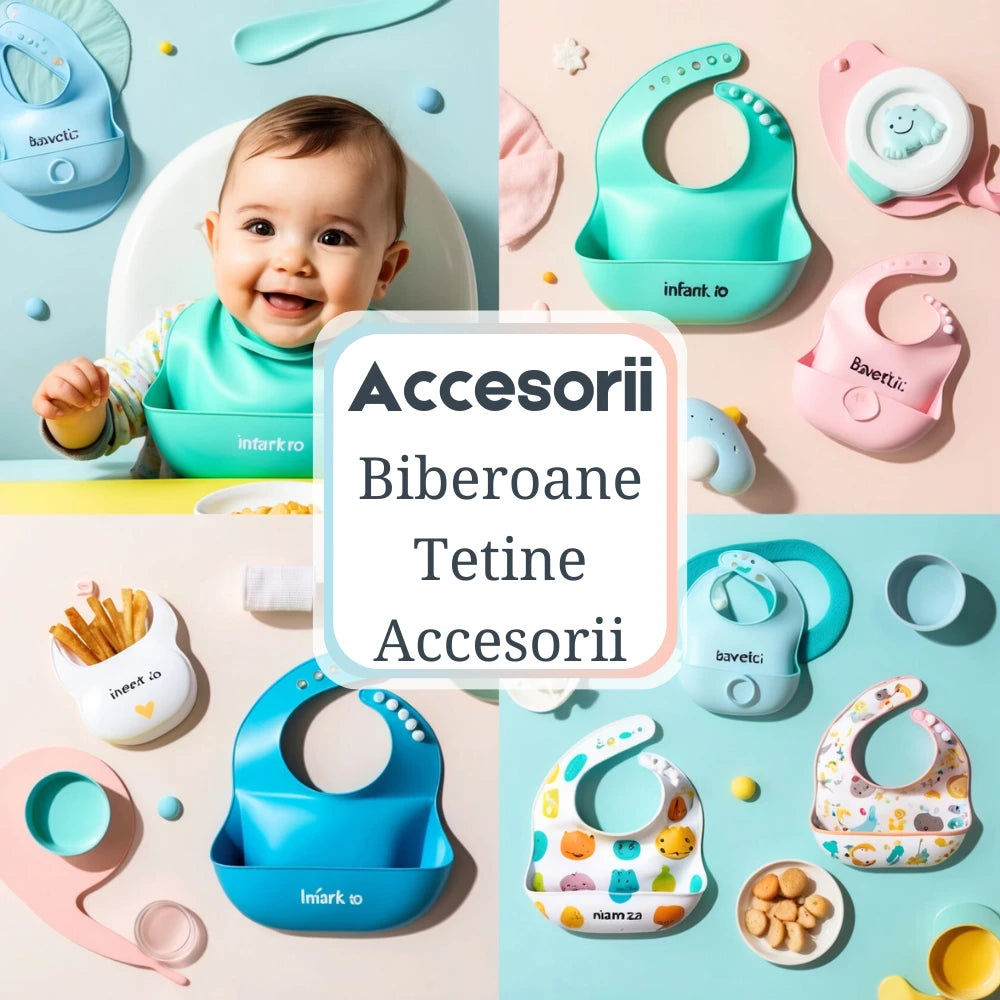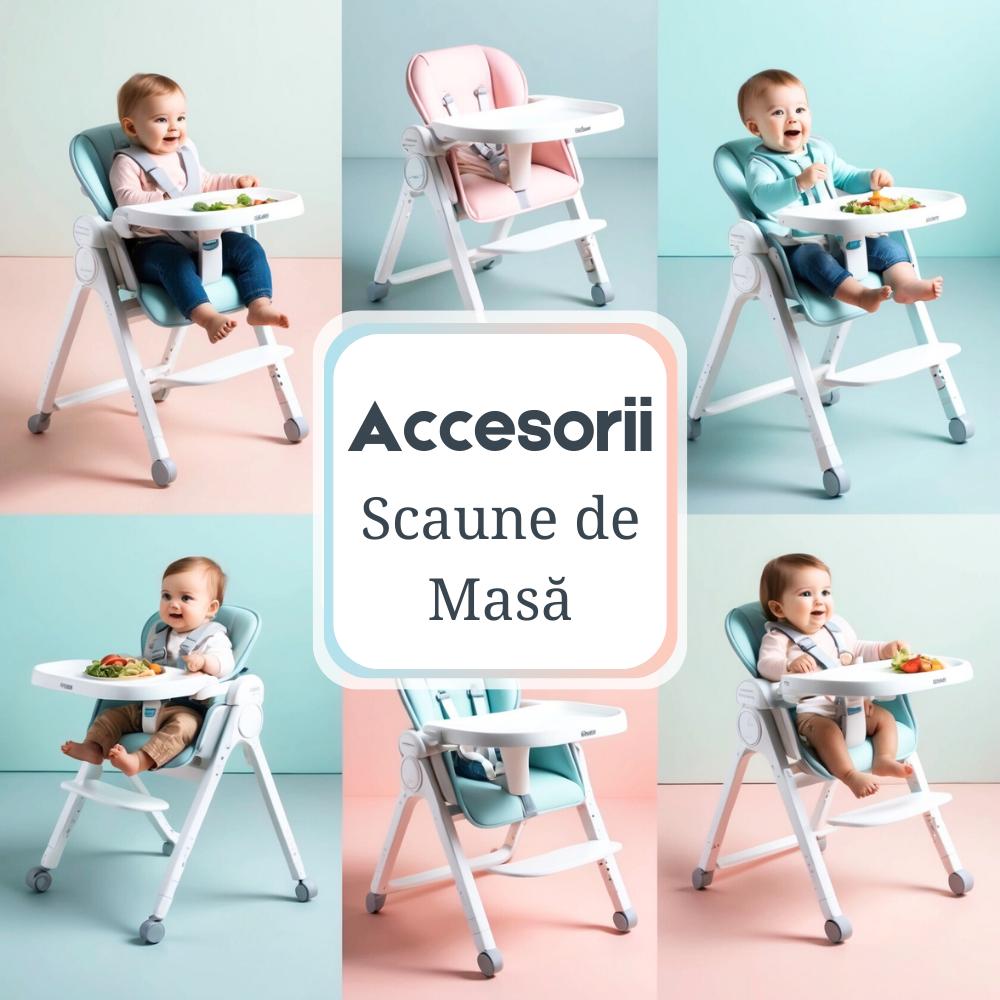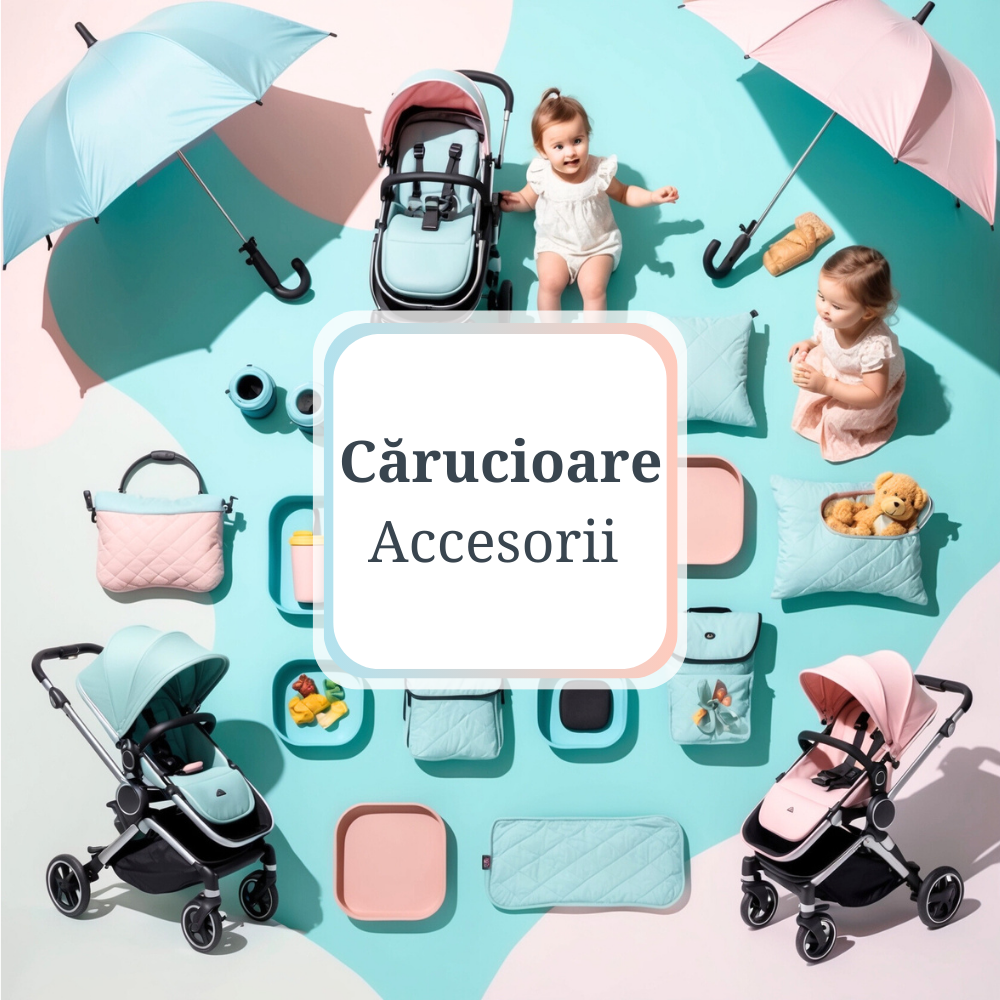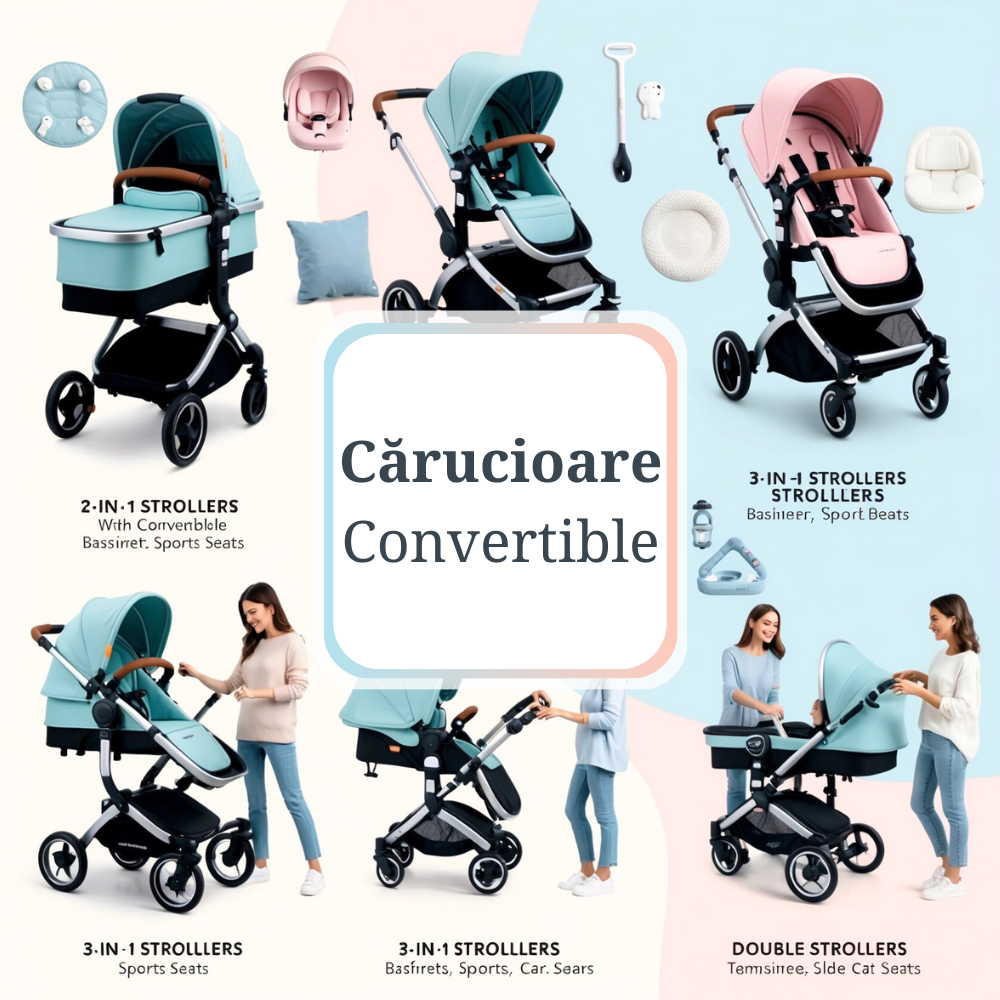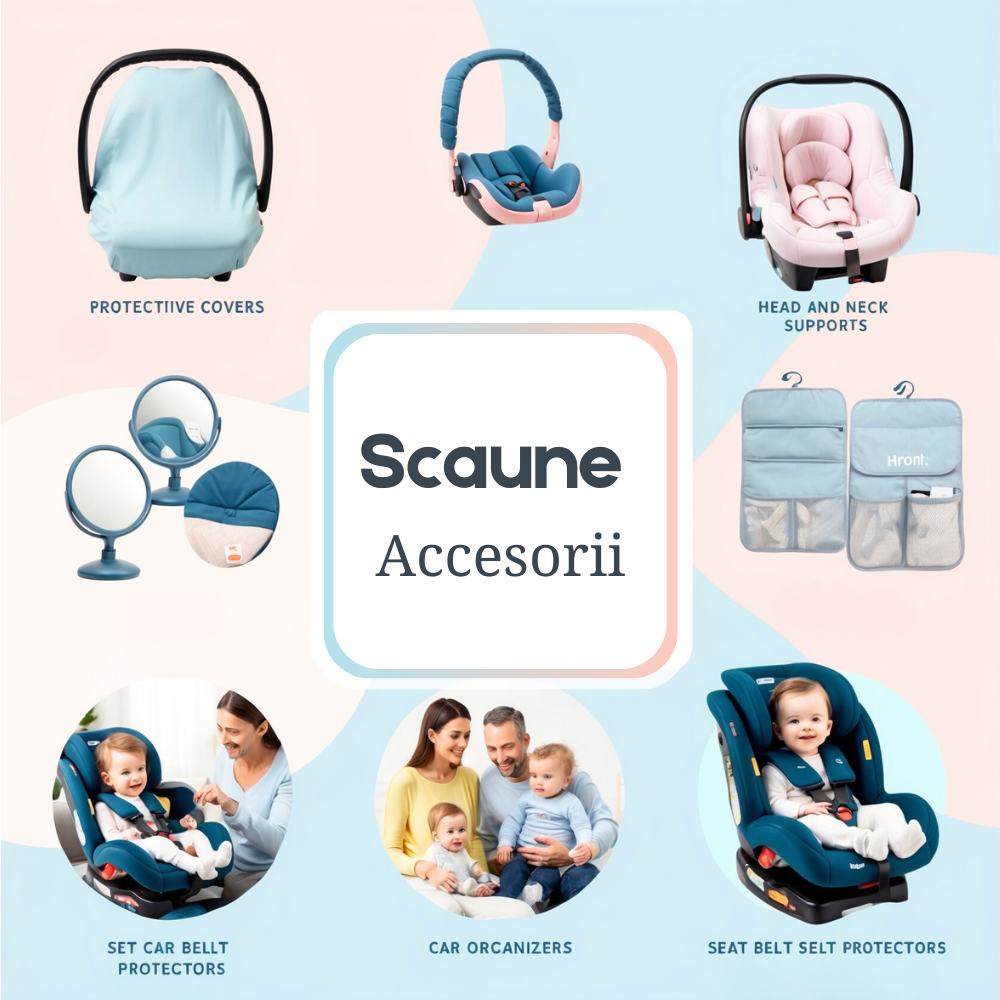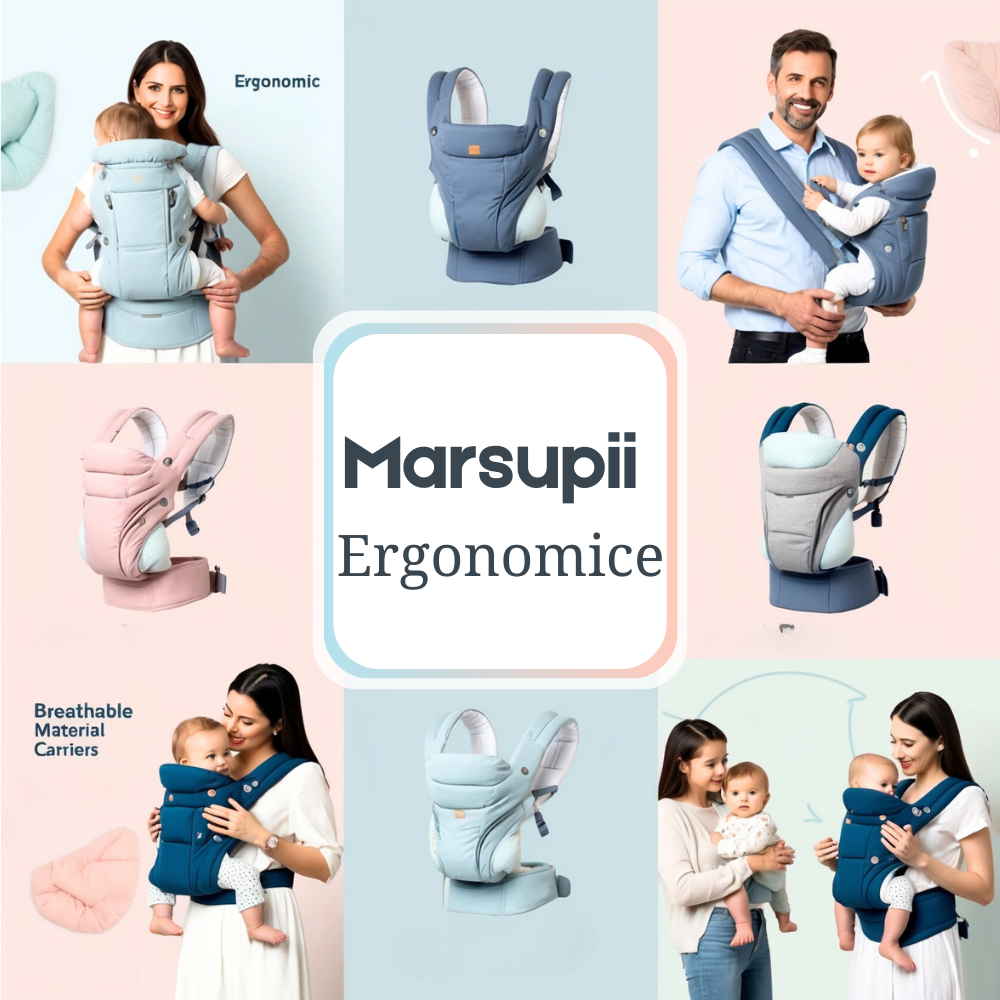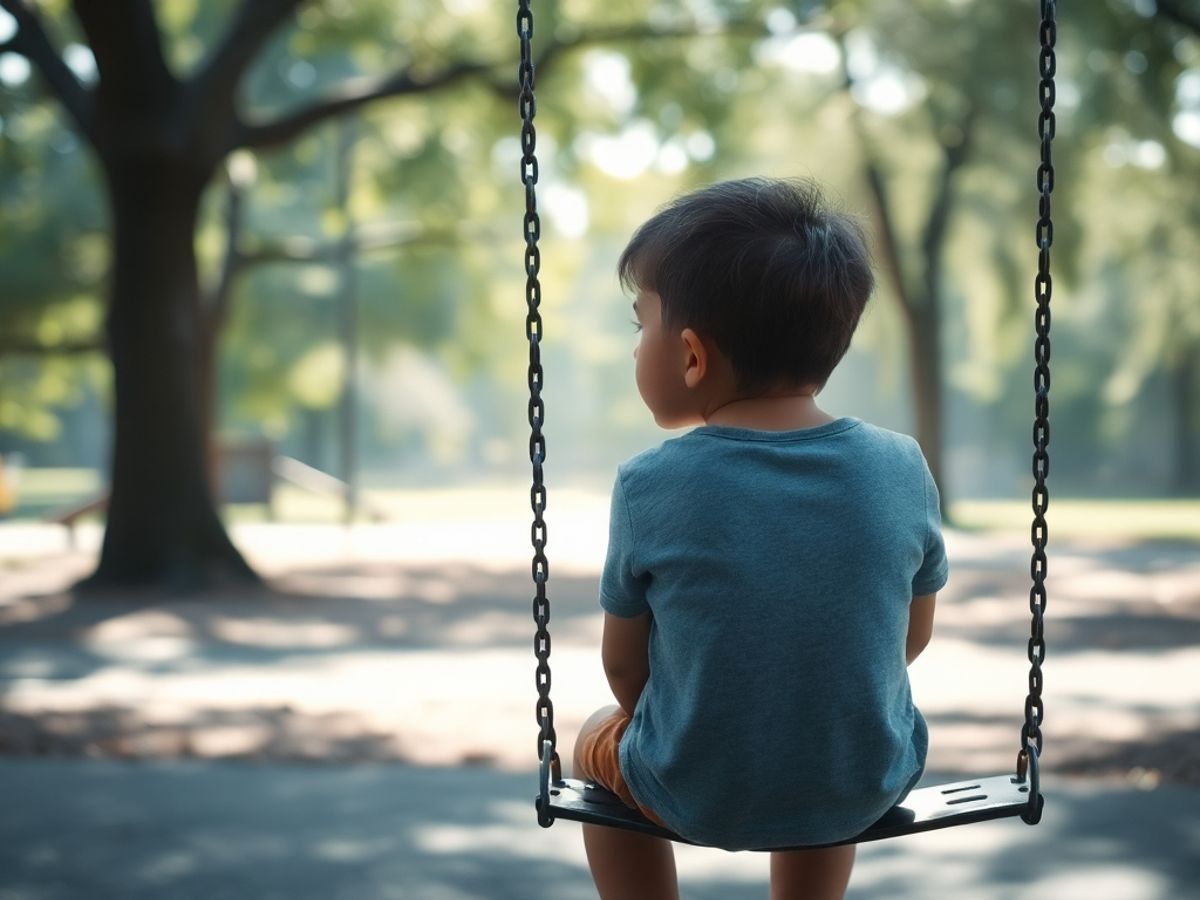Child Development: A Complete Guide to the Essential Stages
Introduction
Every parent wants the best for their child, especially when it comes to safety. Choosing and fitting the correct child car seat can save lives and prevent unwanted accidents. In this article, we will explore the essential aspects of child development and how they influence the selection of an appropriate car seat, as well as the steps required for a safe installation.
Assessment of the child's needs according to age and weight
It is crucial to understand that there is no one-size-fits-all car seat that fits every child. The choice of car seat must be made according to age, weight and height. According to safety standards, there are several categories of car seats: for newborns (group 0+), convertible seats (group 0+/1), toddler seats (group 1/2) and booster seats (group 2/ 3).
It is important to know that until the age of about 2, children should travel in rear-facing car seats. This is because the muscles and bones of their neck are still developing and a head-on collision could be fatal if the little one is facing the direction of travel.
Car seat selection
Once you've identified the right type of car seat for your child's age and size, the next step is to choose a model that offers safety, comfort and ease of use. It is essential to check that the seat is approved according to European standards ECE R44/04 or R129, also known as i-Size.
Using an approved car seat is not only a legal matter, but also a safety one. Approved models have passed a series of rigorous tests and offer the guarantee that they are built to protect the child adequately.
Installing the car seat
Correct installation of the car seat is as important as its choice. Whether the seat is secured with the car's seat belt or the ISOFIX system, make sure you strictly follow the manufacturer's instructions.
An incorrectly fitted car seat can drastically reduce its effectiveness in the event of an accident. Therefore, it is important to check that the seat is set and does not move more than one centimeter in the direction of attachment. In addition, seat belts must be adjusted so that they are tight but comfortable on the child's body, without restricting movement or breathing.
Car seat maintenance and cleaning
Car seats require periodic maintenance and cleaning to ensure the safety and comfort of the child during use. Periodically check that all the components of the seat are in optimal condition and show no signs of wear that could compromise its integrity. Also, most car seats have removable and washable covers, which makes it easier to keep clean.
Frequency of changing the car seat
As your child grows, you may need to switch to a different car seat to suit their new size and weight. There is no standardized period after which the seat should be changed, this depends on each child's growth rate and the specific limitations of each car seat model. However, it is important not to rush the transition to the next seat category and make sure that your child is fully prepared for this change.
Legal aspects and recommendations
It is also necessary to take into account the legislation in force regarding the transport of children in motor vehicles. Laws can change and differ from country to country, so it's important to be aware of the rules specific to the country you're traveling to.
Conclusion
In conclusion, the correct choice and installation of the car seat for the child is essential for the child's safety when traveling by car. Make sure the seat is suitable for your child's age, weight and height, is approved according to European standards and is installed according to the manufacturer's instructions. Keep in mind the regular maintenance of the seat and the need to change it as your child grows. finally, don't forget to respect the legislation in force and be up to date with the legal changes that may take place. Your child's safety is always a priority.





